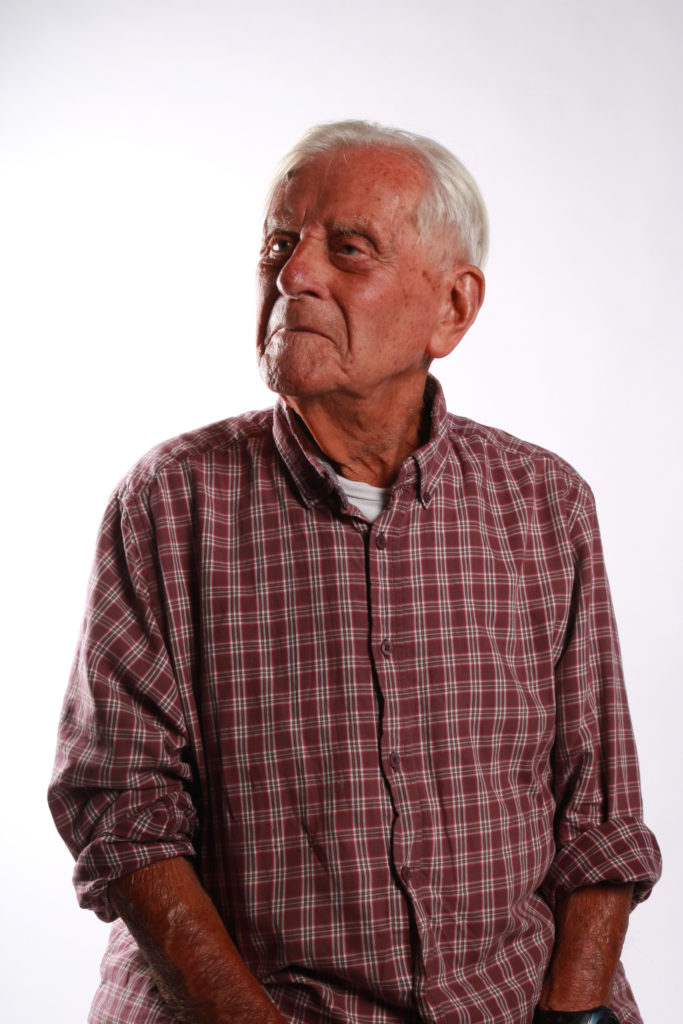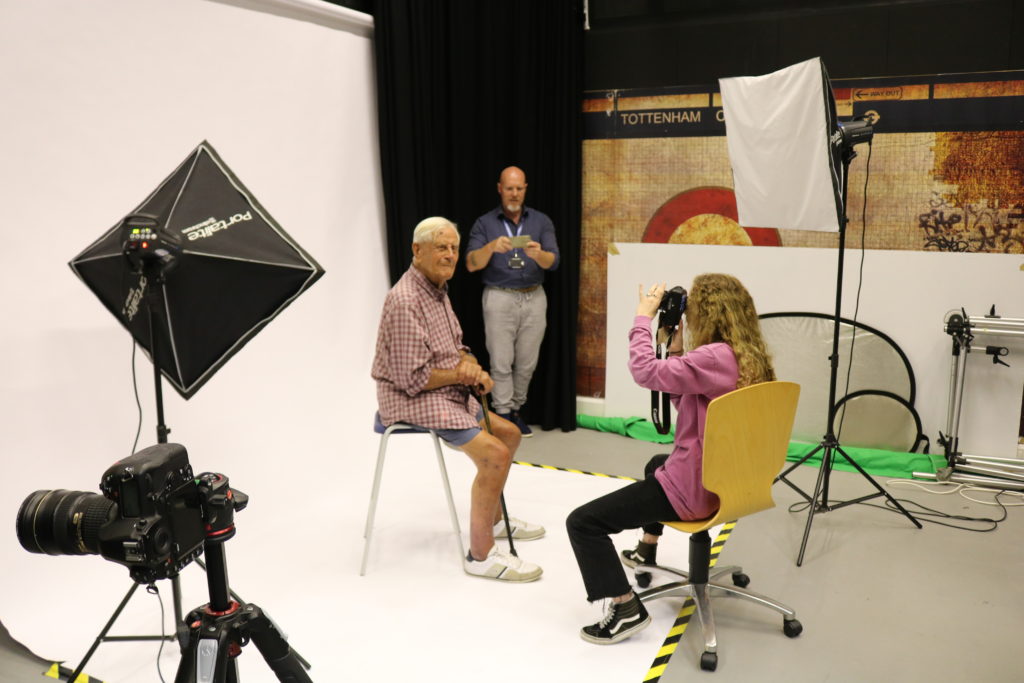PERSONAL STORIES FROM BOB:
” The morning of the day the Germans arrived, 19 when the germans arrived, 24 when it all ended. The morning of July the 1st, 1940, German planes came over jersey and a lot of damage was cause, lived west of St.Helier, woken up by the German plies, rushing out to the second floor, two planes in the sky recognised them as German bombers. Over coronation par, two parachutes landed, instead of human, two long cylinders were hanging off them, intended for commanders of Jersey. Against the senior advisers, jersey could not be defended, therefore demilitarising the island. At the time the war, the combined population of the two islands was only about 100,000 therefore leaving them defenceless by demilitarising the area. People that found the cylinders, one to the bailiff, if they didn’t surrender there would be carpet bombing. The bailiff wouldn’t surrender without some type of authority. There was no guidance on what to do when there was an attack. The future of jersey was in in the hands of a couple of members of the state who made the decisions on wether to surrender on not surrender. There was great propaganda stories of German brutality. The propaganda made people very scared, saying to women to hurry home before night fall as they would be raped yet this was not the case and the German soldiers were very well mannered and disciplined.”
LIFE OF BOB:
As well as being an English teacher, Mr Le Sueur is a proficient French-speaker and a founding member of Les Amitiés Franco-Britanniques de Jersey. The organisation was created to foster good relationships between France and Jersey and to encourage the use of French in Jersey. He did this by delivering numerous talks and hosting many visitors over the years.
He also taught French, and has also used his French skills as an occasional translator for Durrell, working on scientific papers dealing with animals threatened with extinction.
Mr Le Sueur is also well-known in local circles for his wartime bravery helping to hide escaped Russian slave workers during the Occupation, for which he received an MBE in 2013.
source: https://www.bailiwickexpress.com/jsy/news/islander-honoured-and-surprised-being-made-chevalier/#.XYDL0i2ZOu4]
EVALUATION:
Having Bob come in and tells us about his experiences in war time was very enlightening, hearing about his life and interesting stories also allowed us to know about what life was like when was was prevalent and influenced people’s lives in a profound way.
Although his stories were long winded they were very detailed and for his age he had a particularly good memory and was able to deliver his stories coherently. He was also very compliant when working in the studio, being able to get into various poses and deliver different facial expressions. The overall experience in the studio was very informative as we could recap on essential studio skills such as lighting and how to communicate with the model.
MOST SUCCESFUL IMAGES:




LIGHTING SETUP:
In order to capture the images of Bob, we used a two point lighting setup.
By adopting two separate positions, the photographer can illuminate the key subject (such as a person) however desired, while also controlling (or eliminating entirely) the shading and shadows produced by direct lighting.
The key light, as the name suggests, targets the key subject of the video and serve as the primary illuminator source. The photographer can experiment with the strength of the video lighting, colour and angle. The key light will determine the shot’s overall lighting design.
We also in this photo shoot utilised a flash trigger. A flash trigger is a device that allows you to trigger an external strobe using its own source of light rather than utilising a camera flash or an electrical signal. Some flash triggers use traditional flash tubes, but many are now utilizing very energy efficient LEDs. Flash triggers may also be fully manual or incorporate a TTL Converter circuit. The flash trigger uses a small pulse of light to fire a compatible strobe in sync with the camera shutter.

